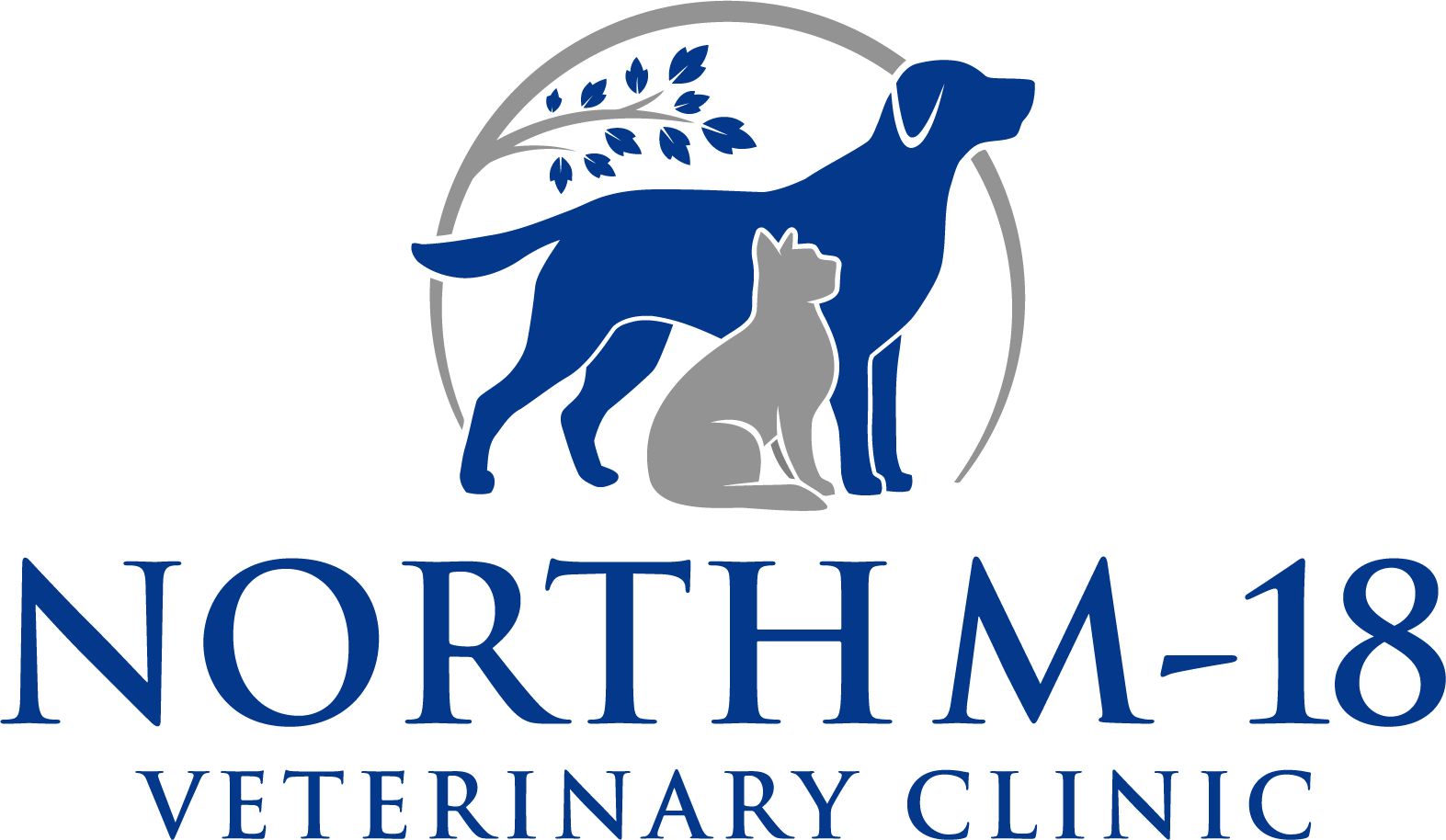Library
-
Ear Mites in Cats and Dogs
El ácaro del oído Otodectes cynotis es un ácaro de superficie que vive sobre los gatos, perros, conejos y hurones. Normalmente se encuentra en el canal auditivo, pero también puede vivir en otras superficies de la piel. Todo el ciclo vital del ácaro tiene lugar en el animal. Los ácaros del oído son muy contagiosos, y los gatos pueden llegar a infectarse por el contacto directo de otro animal infectado. El ácaro es apenas visible directamente y se identifica como pequeñas motas de polvo blanco sobre un fondo oscuro.
-
Afoxolaner + milbemycin oxime is a heartworm disease preventive that also treats certain internal parasites and controls fleas and ticks in dogs. It is also used off-label to treat mite infestations in dogs. Certain dog breeds are more sensitive to milbemycin oxime than others; your veterinarian will advise you on the safety of milbemycin oxime use in your dog.
-
Anaplasmosis is a tick-borne disease caused by the infectious bacterial organism Anaplasma phagocytophilum. It is transmitted through bites of the deer tick (also known as the black-legged tick) and the Western black-legged tick.
-
Capillaria is a small internal parasite, often less than half of a centimeter in length. They are closely related to intestinal worms, though they can live in a variety of locations within the body. Capillaria can affect both dogs and cats, although dogs are more frequently affected. Diagnosis can be difficult because the eggs of Capillaria are shed only on an intermittent basis. While the parasite is easily eliminated with a dewormer, your cat may require additional medications to decrease the inflammation associated with the infection.
-
Capillaria is a small internal parasite, often less than half of a centimeter in length. They are closely related to intestinal worms, though they can live in a variety of locations within the body. Diagnosis can be difficult because the eggs of Capillaria are shed only on an intermittent basis. While the parasite is easily eliminated with a dewormer, your dog may require additional medications to decrease the inflammation associated with the infection.
-
Cheyletiellosis is an uncommon but highly contagious skin parasite of dogs, cats, humans, and rabbits, caused by Cheyletiella mites.The most important clinical sign is scaling or dandruff. Cheyletiella mites are susceptible to most topical insecticides and the prognosis is excellent.
-
Coccidiosis is an intestinal tract infection caused by a single-celled organism (protozoa) called coccidia. Coccidia are microscopic parasites that live within the cells that line the intestine. The most common clinical sign of coccidiosis is diarrhea, but most cats have no clinical signs.
-
Coccidiosis is an intestinal tract infection caused by a single-celled organism (protozoa) called coccidia. Coccidia are microscopic parasites that live within the cells that line the intestine. The most common clinical sign of coccidiosis is diarrhea, but most dogs have no clinical signs.
-
Flea Control in Cats
La pulga más común en el gato y en el perro es la pulga del gato (Ctenocephalides felis), aunque en los gatos también podemos encontrar otro tipo de pulgas como las pulgas de los conejos, ardillas y otro tipo de fauna salvaje.
-
Flea Control in Dogs
Las pulgas no tienen un hospedador específico. Los gatos y los perros comparten las mismas pulgas y por eso es importante que todas las mascotas de la casa se traten con la medicación adecuada. El tratamiento de los animales es relativamente simple, ya que sólo se ha de eliminar a la pulga adulta.

